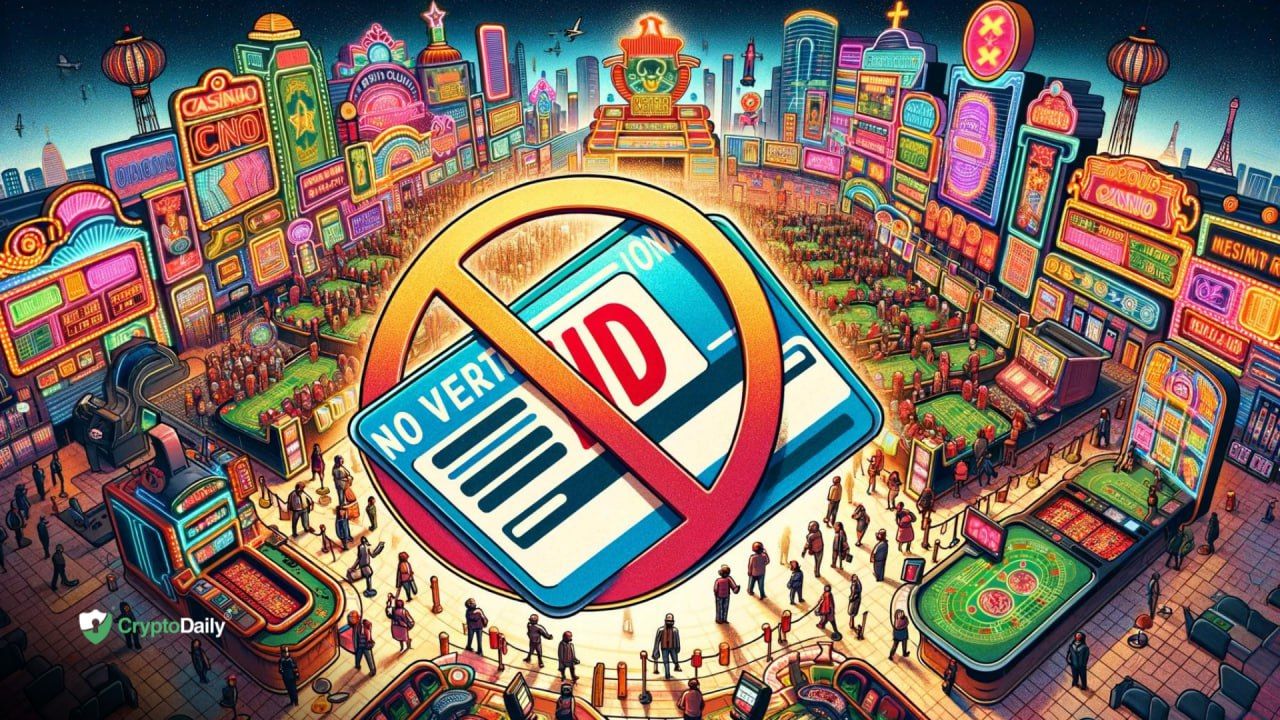Table of Contents
Central banks worldwide are tasked to ensure monetary policy and economic stability. With the emergence of privately issued crypto assets that are not under the purview of central banks and, as such, pose a risk to monetary policy and stability, central banks are responding by proposing alternative digital payments in the form of central bank digital currencies (CBDCs).
In this second instalment on unpacking CBDCs, we will discuss wholesale and retail CBDCs in detail and account and token-based CBDCs.
Central banks are responsible for ensuring the stability of countries’ economic and financial stability and introducing monetary policy. In response to the rapid emergence of private crypto assets, over which they have no control, central banks are exploring introducing retail and wholesale CBDCs.
Central banks are interested in CBDCs as we move into an entirely cashless society. CBDCs in the place of cash will benefit consumers, offer greater security, and relieve banks of the burden of storing and transporting large amounts of cash. CBDCs will also lower the risk of fraud through counterfeit money and assist law enforcement in cracking down on money laundering and criminal enterprises.
The Bank for International Settlements (BIS) explains the idea of CBDCs has been motivated by several factors, including:
- Interest in technological advancement and innovation in the financial sector;
- New entrants into payment services and intermediaries;
- The declining use of cash in some societies; and
- The emergence and attention to private digital tokens.
The implementation of CBDCs is further spurred by the fact that historically, for various reasons, central banks limited access to digital account-based central bank money to banks and other financial and public institutions. However, physical central bank money (i.e.) cash is widely accessible. Society is, however, transitioning to a cashless society, increasing the risk that the general public would no longer widely have access to central bank money.
The Categorization of Money and CBDC
Blockchain technology has provided an alternative way for central banks to create and distribute money to society. CBDCs have no strict definition and take on various meanings. However, the BIS explains that it is regarded by most as a new form of central bank money. According to the BIS:
“That is, a central bank liability, denominated in an existing unit of account, which serves both as a medium of exchange and a store of value.”
CBDCs, in this regard, would be an innovation for general-purpose users but not for wholesale entities or financial institutions.
To further clarify the understanding of CBDCs, it must be placed within the context of other money. Four properties determine money:
- Its issuer – is it issued by a central bank or other;
- Its form – is it physical or digital;
- Its accessibility – is it widely accessible, or is its access restricted;
- Its technology – can either be account or token-based. Many digital currencies and cash are token-based, while balances in reserve accounts and most commercial bank money are account-based.
Token and account-based money differ regarding the verification needed when it changes hands. Token-based money, such as digital currencies and cash, rests on the recipient’s ability to verify the payment option’s validity. In this context, the apparent concern with cash is the risk of counterfeiting, while the concern with digital tokens is whether the token is genuine or counterfeit and whether it has already been spent.
On the other hand, the verification of account money rests on the identification of the account holder. The main concern with this type of money is identity theft; therefore, identification is required to correctly associate recipients and payers and establish their individual account histories.
The BIS and many other sources illustrate CBDCs in the context of other money via a Venn diagram from Bech and Garrett, aptly named the “money flower.”
Source: Bank for International Settlements (Based on Bech and Garratt, 2017).
This Venn diagram illustrates digital central bank money at its centre (grey shaded area).
This illustration identifies three forms of CBDCs: two token-based and one account-based CBDC. The token-based CBDCs differ regarding who has access to them and their potential use. One is a widely available payment instrument aimed at retail transactions but also available for broader use, and the other is a restricted settlement token to be used for wholesale payments and settlements. They are commonly known as central bank general purposes tokens and wholesale tokens.
The account-based form is designed to be a system in which a central bank provides general-purpose accounts to all participants.
Retail and Wholesale CBDCs
Central banks are discussing introducing retail and wholesale CBDCs for different uses.
At a glance, retail CBDCs will be aimed at consumers and businesses, while wholesale CBDCs will serve as interbank payments and will be available to financial institutions such as banks.
The main difference between a retail and wholesale CBDC is those with access to it. As previously stated, the general public can access retail CBDCs, while wholesale CBDCs will be used as a payment method between financial institutions.
Retail, or general purpose CBDCs, act like cash, allowing people to send and receive money, pay for goods and services, and receive payments directly from governments. Like cash, retail CBDCs are a form of central bank money controlled and issued by a central bank and must be regarded as legal tender. In a recent article, the Bank for International Settlements (BIS) explains that cash is disappearing in many societies. For this reason, central banks are exploring retail CBDCs that could be made available to the general public and serve as a safe and alternative payment instrument. Retail CBDCs have their values pegged at a 1:1 ratio with a central bank’s fiat currency.
The argument for introducing wholesale CBDCs is that it would improve settlement systems between financial institutions regarding operating costs, its use of collateral and liquidity, and may be made more secure. A wholesale CBDC, when introduced alongside and complementary to central bank reserves into payment systems, can potentially raise efficiency and risk management in settlement systems massively. The benefits are amplified if non-bank entities participate directly in settlement processes.
One of the key benefits of introducing a wholesale CBDC in the payment and securities aspects of transactions is that it could help reduce liquidity and counterparty risks and enable central banks to monitor financial activities better.
CBDCs in a Nutshell
To better understand why central banks worldwide are exploring central bank digital currencies, CNBC International has offered a helpful video discussing this.
What’s Next?
Readers can expect an in-depth discussion on the benefits and drawbacks of CBDCs.
Disclaimer: This article is provided for informational purposes only. It is not offered or intended to be used as legal, tax, investment, financial, or other advice.
Investment Disclaimer










